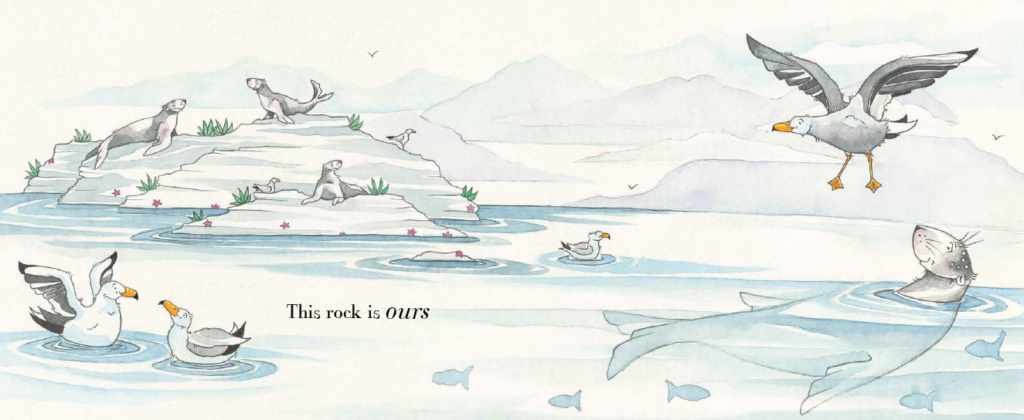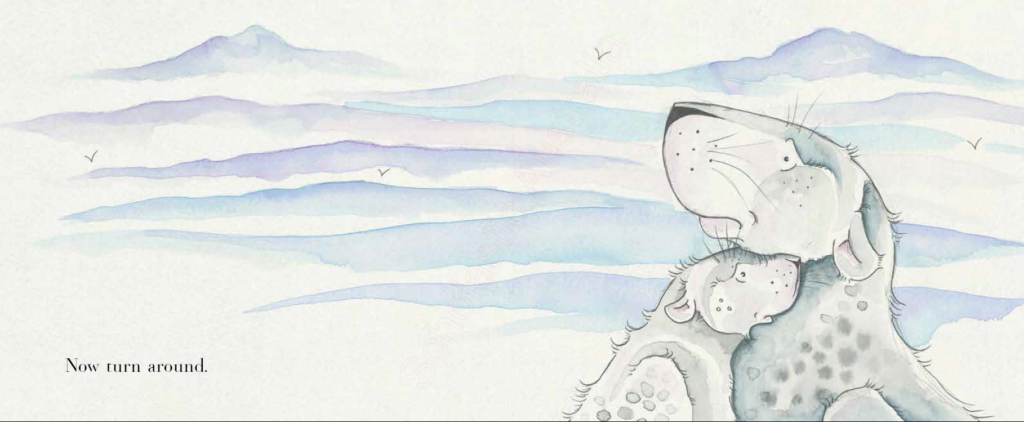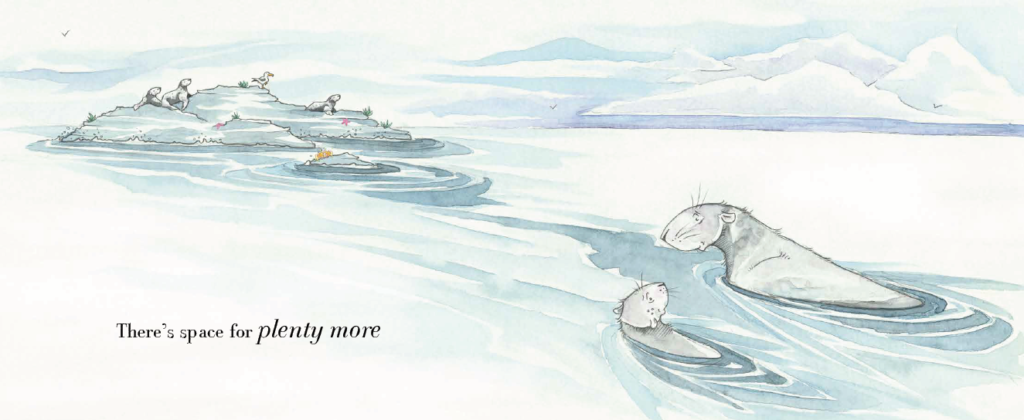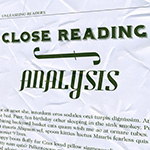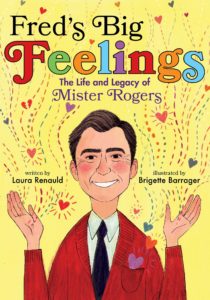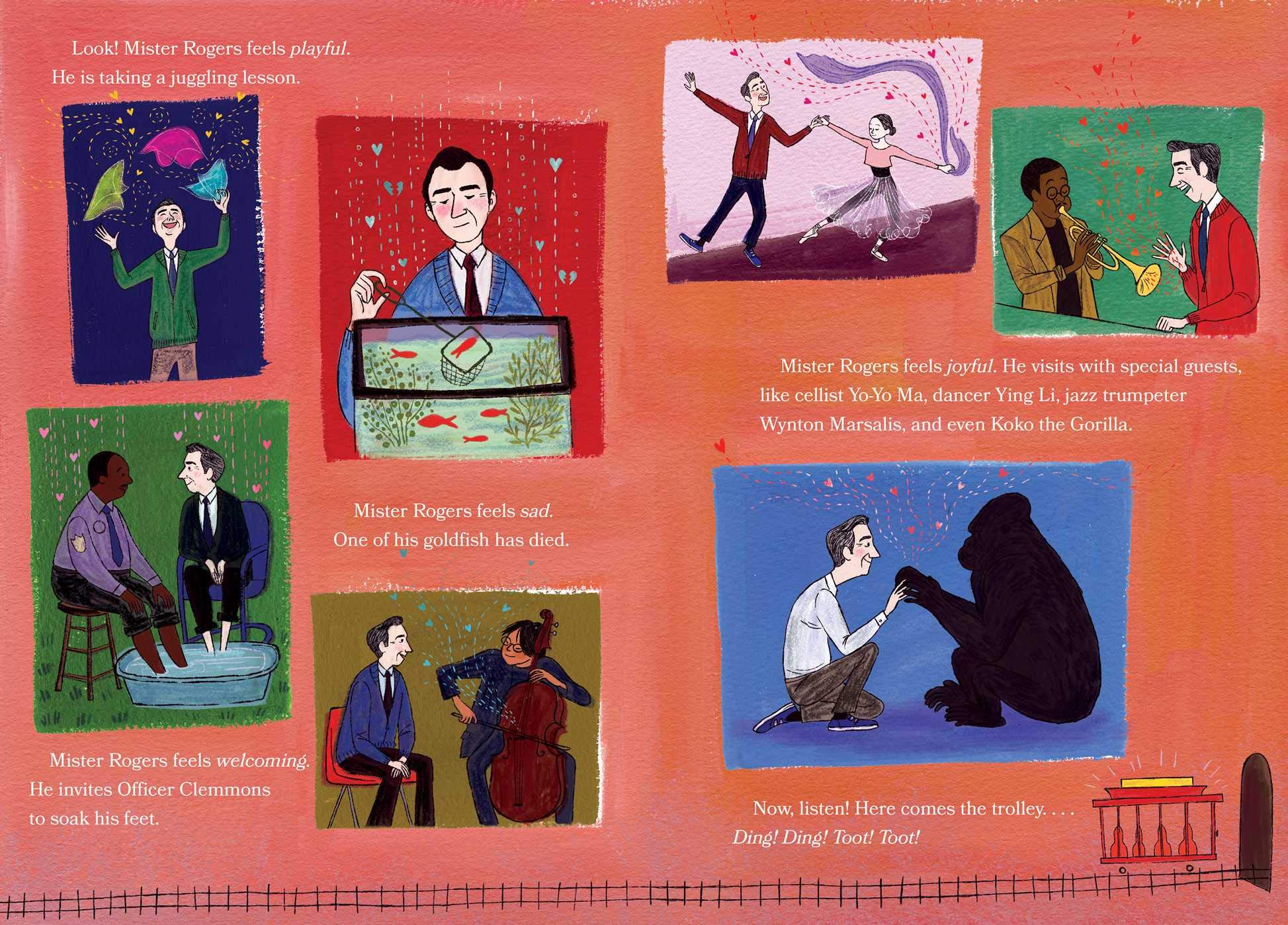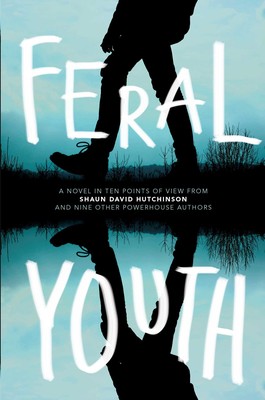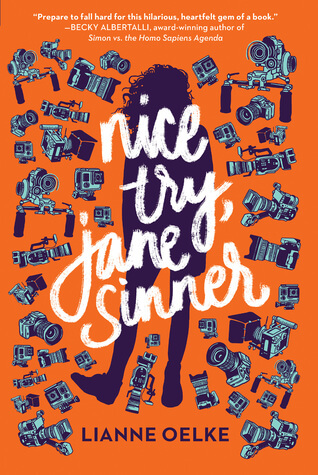

Bat and the End of Everything (Bat #3)
Author: Elana K. Arnold
Illustrator: Charles Santoso
Published March 26th, 2019 by Walden Pond Press
 Summary: Bixby Alexander Tam (nicknamed Bat) has been the caretaker for Thor, the best skunk kit in the world… but the last day of third grade is quickly approaching, and Thor is almost ready to be released into the wild.
Summary: Bixby Alexander Tam (nicknamed Bat) has been the caretaker for Thor, the best skunk kit in the world… but the last day of third grade is quickly approaching, and Thor is almost ready to be released into the wild.
The end of school also means that Bat has to say good-bye to his favorite teacher, and he worries about the summer care of Babycakes, their adorable class pet. Not only that, but his best friend is leaving for a long vacation in Canada.
Summer promises good things, too, like working with his mom at the vet clinic and hanging out with his sister, Janie. But Bat can’t help but feel that everything is coming to an end.
National Book Award finalist Elana K. Arnold returns with the third story starring an unforgettable boy on the autism spectrum.

About the Author: Elana K. Arnold grew up in Southern California, where she was lucky enough to have her own perfect pet—a gorgeous mare named Rainbow—and a family who let her read as many books as she wanted. She is the author of picture books, middle grade novels, and books for teens, including Damsel a Michael Prinz Honor Book, and What Girls are Made of, a finalist for the National Book Award. She lives in Huntington Beach, California, with her husband, two children, and a menagerie of animals. You can find her online at www.elanakarnold.com.
Praise for Previous Titles in the Series:
“Comfortably familiar and quietly groundbreaking, this introduction to Bat should charm readers, who will likely look forward to more opportunities to explore life from Bat’s particular point of view.” -Kirkus Review, Bat #1
“A winsome blend of humor and heart, vibrant characters, and laugh-out-loud dialogue, Arnold’s narrative also gracefully explores life through the eyes of a boy on the autism spectrum.” -Booklist, Bat #2
Review: Bat is dealing with the school year ending and while everyone else is excited, Bat knows that the end of the school year means the end of his time with Thor, Babycakes, Mr. Grayson, and even his best friend for the summer. For a kid that struggles with change, this is a mighty big change that he is going to have to deal with (the book begins with 4 days until summer begins). A transitional period like this can be hard for any kid, and Bat’s struggles with these changes is one that many a kid will connect with.
And although Bat’s stories are primarily character-driven, Arnold does a great job giving Bat hiccups along the way to move along his story.
But do you know what my favorite thing is about Arnold’s writing in Bat? Her imagery. Bat is so in tune with his senses and Arnold does a great job writing about what Bat is hearing, seeing, smelling, touching, and tasting which allows readers to be drawn into Bat’s world and also help understand Bat’s point of view.
I am a pretty big fan of Bat’s books–I love their quiet strength and the compassion within the pages. And this book really is everything I wanted from the final book in the series. If you don’t listen to anything else I say in this review, just go pick up the first Bat book and sit down and get ready for a purely enjoyable read.
Educators’ Guide:
Flagged Passages: “Chapter One: An Offer
How do you say good-bye to a friend?
That’s what Bixby Alexander Tam (known to everyone as Bat) was thinking about, sitting with Babycakes, the class rabbit, in the pen at the back of Mr. Grayson’s class. It was the first Monday in June. In four days, the school year would end, and Bat would have to say good-bye.”
“Chapter Two: A Perfect Plan
Soon the classroom was full of noise and color and smells and movement as Bat’s classmates poured inside.
Mei, who sat in the desk to the right of Bat’s, smelled like strawberries today.
‘You smell like strawberries,’ Bat said.
‘I got a new shampoo,’ Mei said, smiling. ‘Do you like it?’
‘Yes,’ said Bat.
‘Thank you,’ said Mei, which was a weird thing to do–to thank someone for liking something.
But Bat knew that what he’d said made Mei happy. ‘You’re welcome.’
All around him, kids were laughing and unzipping their backpacks and scraping back their chairs and tapping their pencils. It was the last week of school, after all. Everyone was excited.
Well, almost everyone. Bat was not excited.”
Read This If You Love: Rules by Cynthia Lord; Out of My Mind by Sharon Draper; The Categorical Universe of Candace McPhee by Barry Jonsberg; Rain, Reign by Ann M. Martin; How to Speak Dolphin by Ginny Rorby; Juana and Lucas by Juana Medina; Stella Diaz Has Something to Say by Angela Dominguez; Wonder by RJ Palacio
Recommended For:



Don’t Miss the Other Blog Tour Stops!
March 26 Nerdy Book Club @nerdybookclub
March 27 Kirsti Call @kirsticall
March 30 Read Now Sleep Later @frootjoos
April 1 Bluestocking Thinking @bluesockgirl
April 2 The Book Monsters @thebookmonster
April 3 Educate*Empower*Inspire…Teach @melissaguerrette
April 4 Librarian’s Quest @loveofxena
April 5 Novel Novice @novelnovice
Unleashing Readers @unleashreaders
Lit Coach Lou @litcoachlou

**Thank you to Walden Pond Press for providing a copy of the text for review!!**


